Nature reports
Page 11 of 40 - 400 Results
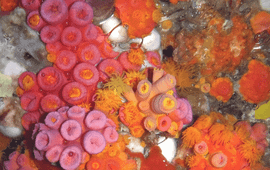
Coral ecosystems are susceptible to invasive species, that can wreak havoc on the balanced communities. Such species can be transported unintentionally by marine structures, as is demonstrated by research on a platform which was..
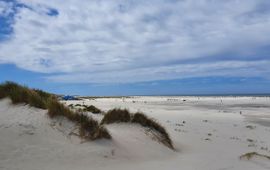
Visiting the beach and enjoying the sun and the sea. For many of us, this is an important way to relax in warm weather. However, Dutch beaches are becoming increasingly crowded. This means that it is not only difficult to find a..
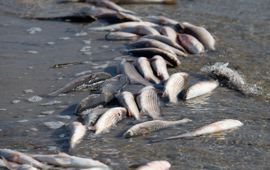
As more and more nutrients from land and air enter the world’s oceans, the dead zones without oxygen in the water will increase in size and intensity. That is the warning that PhD student Zoë van Kemenade, an organic geochemist at..
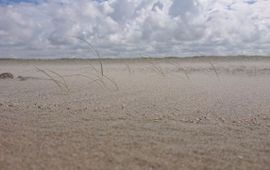
Plants are not interchangeable when it comes to forming young dunes on a beach. This is shown in the thesis of coastal ecologist Carlijn Lammers of NIOZ. She discovered that sand couch and marram grass form different types of..
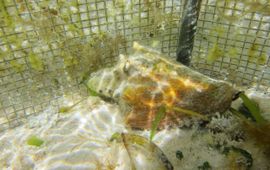
The queen conch research called, 'Conquer the Future', has started in Bonaire. Thanks to joint efforts, young farmed conches were shipped by boat from Curaçao to Bonaire. These snails are released into the sea in Sorobon with the..
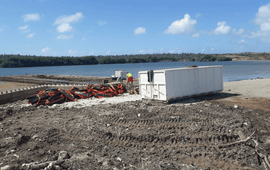
An offshore oil spill originating off the coast of Tobago has made its unwelcome arrival on the shores of the Dutch Caribbean. Despite oil reaching Bonaire’s and Curaçao’s coast, the islands seem, fortunately, to have escaped a..
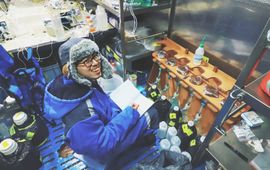
Iron that fertilizes the waters around Antarctica mostly comes from the deep, upwelling waters and the sediments there. That is shown by field research of NIOZ marine biogeochemist Hung-An Tian in the Amundsen Sea and the Weddell..

Professor of coastal ecology and NIOZ scientist Tjisse van der Heide receives a prestigious Vici grant for his research on coastal ecosystem restoration. NWO announced today that Van der Heide will receive a grant of one and a..
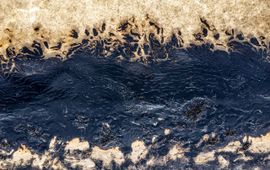
It was Monday afternoon when we received the news that oil spills had reached the east coast of Bonaire. The first thing that comes to mind is the extent of the damage to the environment and the animals. How can WWF-NL assist the..
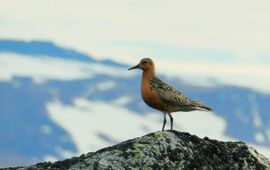
Climate change may speed up the emergence of insects in northern countries at the end of winter. This may cause breeding birds, migrating from the south, to come too late to benefit from the insect peak if they do not adjust their..
